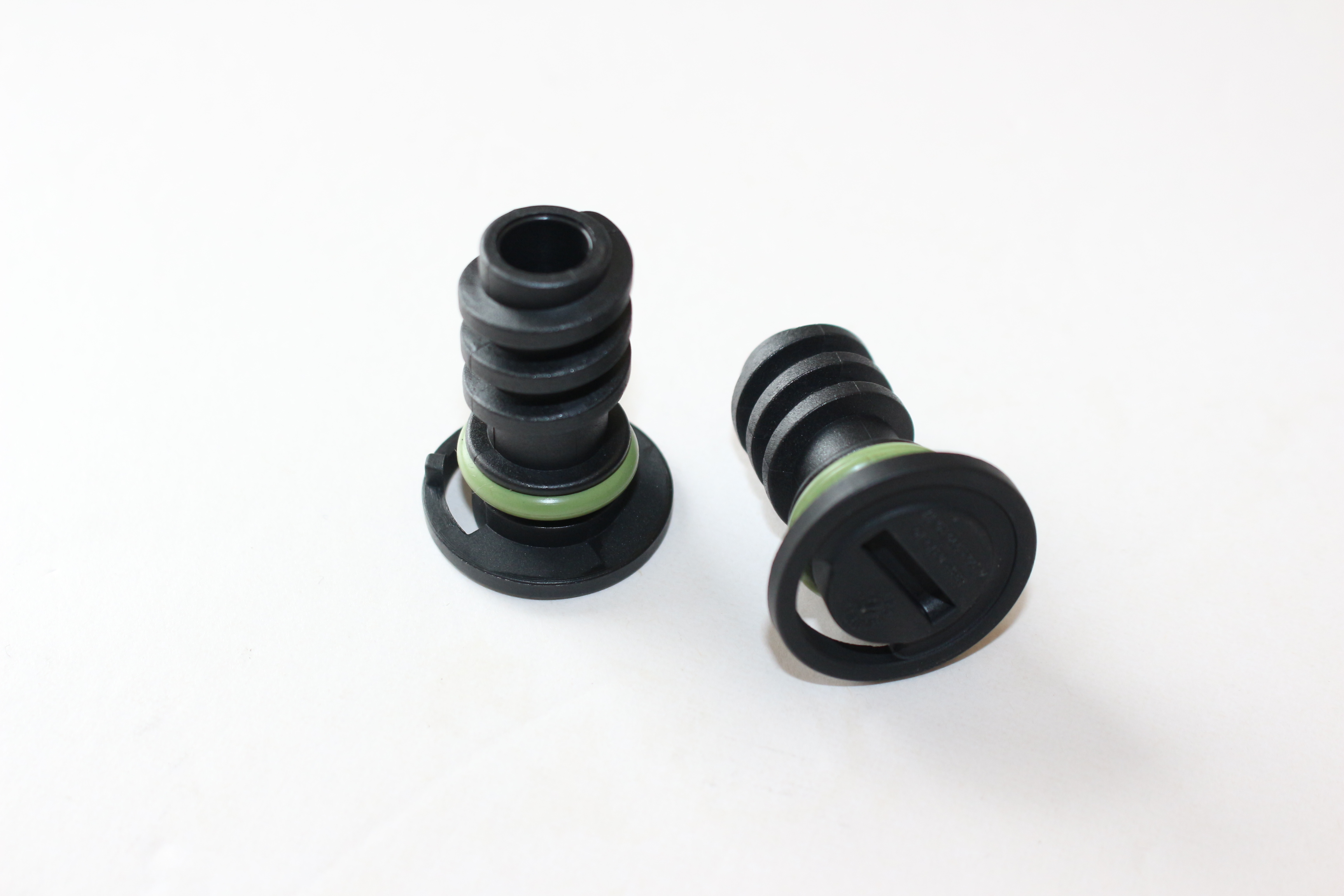radial oil seals
The Importance of Radial Oil Seals in Mechanical Systems
Radial oil seals play a crucial role in various mechanical systems, offering pivotal support in preventing the leakage of lubricants and contaminants. These seals are designed to fit tightly around rotating shafts, effectively creating a barrier that maintains the integrity of the lubricant within machinery while simultaneously protecting its inner components from external elements.
One of the primary functions of radial oil seals is to retain oil and other lubricants within the system. This retention is vital for ensuring that moving parts are adequately lubricated, which minimizes friction and wear over time. Without sufficient lubrication, machinery can experience overheating and premature failure, leading to costly downtime and repairs. Thus, radial oil seals are vital for the longevity and efficiency of mechanical systems, such as engines, gearboxes, and hydraulic systems.
Radial oil seals are typically made from materials such as nitrile rubber, silicone, or fluorocarbon, each selected for its unique properties suited to specific applications. Nitrile rubber seals, for example, are well-known for their resistance to petroleum-based oils and greases, making them a common choice in automotive and industrial applications. In contrast, silicone seals are favored in environments that experience extreme temperatures, exhibiting excellent stability and elasticity.
radial oil seals

The construction of radial oil seals usually includes a metal case that provides support and ensures the seal maintains its shape during operation
. The sealing lip, which faces the shaft, is designed to create a tight seal while allowing for some movement. This design is crucial, as it accommodates slight variations in the shaft's rotation and prevents wear on the seal itself. Moreover, the lip's angle and material hardness can affect the seal's performance, making it essential to select the appropriate design for specific applications.In practice, the installation of radial oil seals requires careful consideration. Proper alignment and fit are critical to their effectiveness. If a seal is improperly installed, it can lead to leakage and worsen wear on both the seal and the rotating shaft. Regular maintenance and inspections are also necessary to ensure that the seals remain in good condition, as factors such as contamination, temperature fluctuations, and mechanical wear can impact their performance over time.
Innovation in seal technology continues to evolve, with advancements aimed at improving the durability and efficiency of radial oil seals. New formulations of sealing materials and innovative design techniques help to enhance their performance in demanding applications, including those found in the aerospace and marine industries.
In summary, radial oil seals are vital components in mechanical systems, ensuring the efficient operation and longevity of machinery by preventing lubricant leakage and protecting internal components from contamination. Their material selection, construction, and installation are critical to their effectiveness. As technology advances, it is expected that the performance and reliability of these seals will continue to improve, further enhancing the performance of diverse mechanical systems worldwide.
-
Simplifying Oil Changes: A Comprehensive Guide to Oil Drain Plugs and Their Variants
News Aug.04,2025
-
Mastering Oil Drain Maintenance: Solutions for Stripped, Worn, and Upgraded Oil Plugs
News Aug.04,2025
-
Fixing Oil Pan Plug Issues: Leaks, Stripped Nuts, and the Right Replacement Solutions
News Aug.04,2025
-
Everything You Need to Know About Oil Drain Plugs: Sizes, Fixes, and Upgrades
News Aug.04,2025
-
Choosing the Right Oil Drain Plug: A Guide to Sizes, Materials, and Drain Innovations
News Aug.04,2025
-
A Complete Guide to Automotive Drain Plugs: Types, Problems, and Innovative Solutions
News Aug.04,2025
-
The Ultimate Guide to Car Repair Kits: Tools and Essentials Every Driver Should Own
News Aug.01,2025
Products categories















